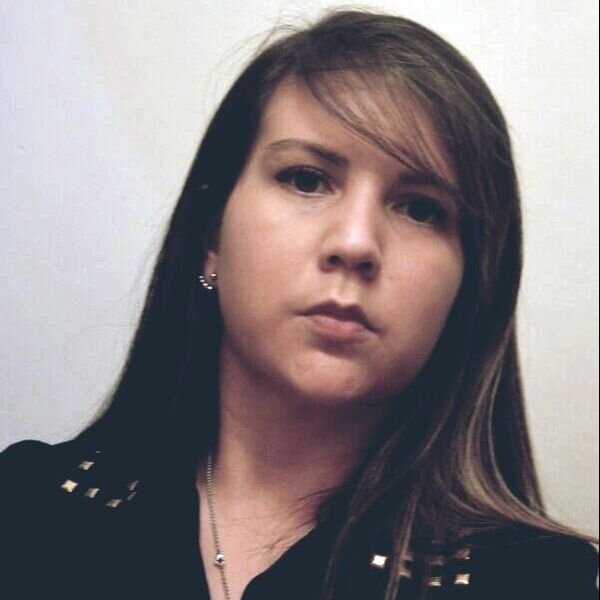![Noel Olivia Maria [Source: Women in 3D Printing]](https://fabbaloo.com/wp-content/uploads/2020/05/image-asset_img_5eb050a914d11.jpg)
Noel Olivia Maria is a bio engineer.
She was born with a congenital heart disease, which is the reason that, without realizing it, got her interested in 3D printing and bio engineering, where the conjunction of both fields allows generating solutions to people and children who suffer from this type of congenital malformation.
In her province, the percentage of girls and boys born with this condition is high and solutions are needed. With this condition from birth, she has the motivation to constantly train herself in advancing additive manufacturing, with the purpose of placing this technology at the service of human health, generating a positive impact on medical processes for the continuous improvement of quality of life.
Nora Toure: Noel, could you let us know about your background and what brought you to 3D printing in the first place?
Noel Olivia Maria: I am a bio-engineer and a technological entrepreneurial woman. In my business, bio-engineering and additive manufacturing are combined, 3D printed biomodels are manufactured and different parts are also designed at the customer’s request. It led me to 3D printing the need to contribute solutions in the area of medical sciences using the knowledge acquired in Bioengineering.
Nora Toure: Can you describe your very first experience with 3D Printing?
Noel Olivia Maria: My first experience with 3D printing was to make a haptic glove for the final thesis work of my Bioengineering degree.
Nora Toure: Can you tell us a bit more about the biomodels you are designing? What are they for? What 3D printing process do you use, and why?
Noel Olivia Maria: Biomodels are exact replicas of third-dimensional anatomical structures made from medical images such as computed tomography and magnetic resonance imaging. Where malformations, congenital diseases, tumors are reproduced, they contribute to a new way to ratify diagnoses, optimize treatments and strengthen the academic.
The advantages of using 3D Biomodels are multiple, among which the following stand out:
-
Test the surgical intervention, which allows the surgeon to foresee failures, increase safety and reduce the effective time of the operating room.
-
Replicate unique malformations.
-
Students from different branches of medical sciences learn the surgical technique before being in contact with a human body. That is, they are intended to train students or professionals who need to deepen in the fields of surgery.
The design starts from a volumetric image of computed tomography or magnetic resonance imaging, and then a processing is carried out to convert it into an .STL format that is recognized by the 3D printer. It is printed using different 3d printing technologies: FDM, SLA, SLS
Read the rest at Women in 3D Printing

